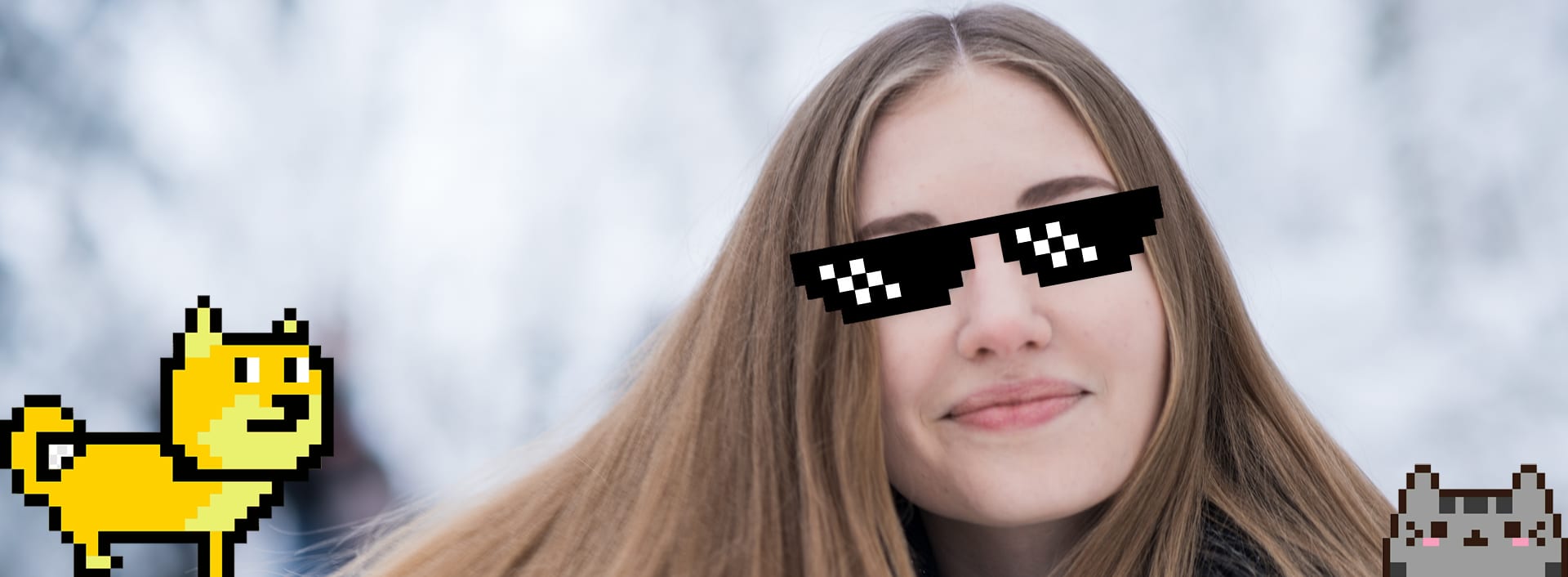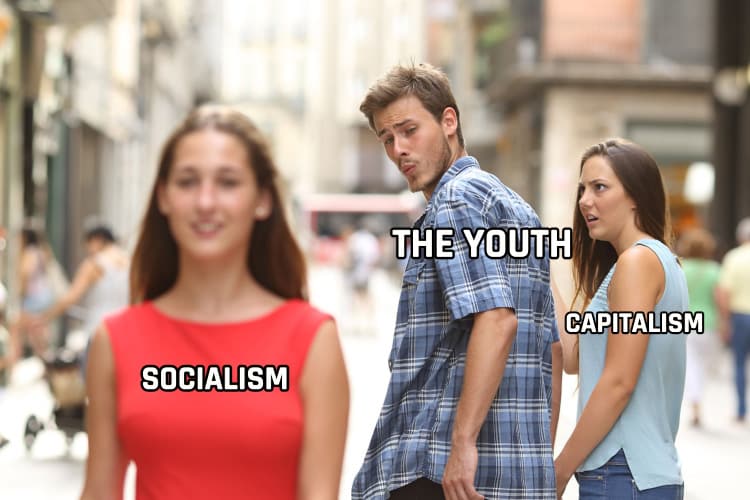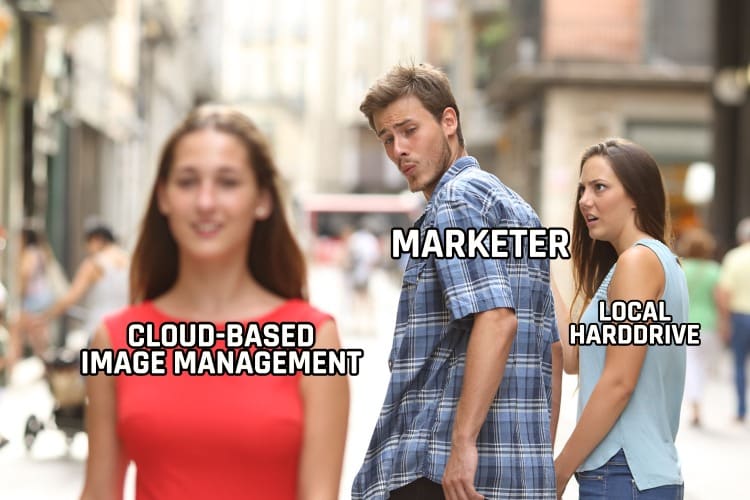You probably know the short answer to the question of what a meme is:
A meme is a funny little picture that has been provided with a short text and is shared en masse on social media and messaging services like WhatsApp.
In 2011, for example, a selfie taken by a crested monkey became an Internet meme.
With the above description, we have already mentioned the most common medium (image-text combination), the content orientation (all varieties of human humor), the most important distribution channels, as well as virality as a characteristic feature. Other media forms commonly used for memes include:
-
- Moving image without sound (animated GIFs)
- short video clips (audiovisual, i.e. with sound)
- plain text (written or spoken as audio file)
In principle, therefore, a meme is not tied to a specific medium. You also come across memes in video games or on graffiti, for example. And, of course, it is youth language in particular that new memes flow into, shaping the vocabulary of an entire generation. Do you still remember lolspeak? – The deliberate misspellings that emerged in mid-2000s? If not, you are probably a bit older, not particularly Internet-savvy or you have successfully erased this verbal quirk from your memory. Speaking of the Internet:
If you had to shorten it to one sentence, memes are nothing more than inside jokes that are born on the Internet and go viral.
There are even internet platforms like 9gag or imgur that are primarily about meme creation. Large parts of the Reddit and Twitter communities have also dedicated themselves to producing new memes. And the social game based around memes called What Do You Meme?® has enjoyed great popularity for years. People just like to laugh and want recognition for their creativity. These human constants – humor, creativity and a thirst for recognition – ensure a steady output from the global meme factory, which consumes resources just like a real factory, but that’s just by the way.

 https://www.teamnext.de/wp-content/uploads/2022/04/digitales_zeitalter_symbolbild.jpg
640
1780
Moritz Bartling
https://www.teamnext.de/wp-content/uploads/2022/03/teamnext-mediahub-logo-bunt.svg
Moritz Bartling2022-04-28 11:43:182024-12-05 17:31:20The digital age: a conceptual classification
https://www.teamnext.de/wp-content/uploads/2022/04/digitales_zeitalter_symbolbild.jpg
640
1780
Moritz Bartling
https://www.teamnext.de/wp-content/uploads/2022/03/teamnext-mediahub-logo-bunt.svg
Moritz Bartling2022-04-28 11:43:182024-12-05 17:31:20The digital age: a conceptual classification





